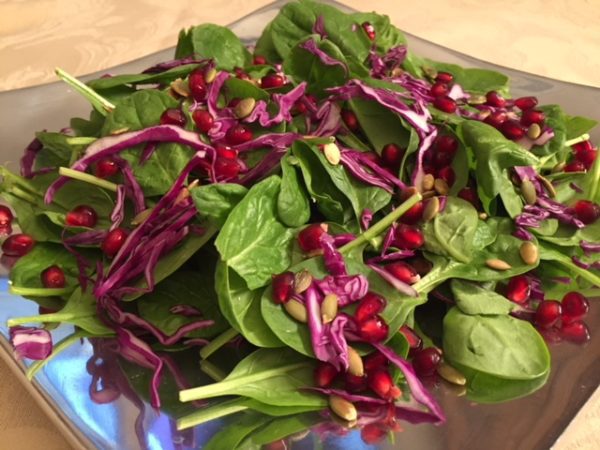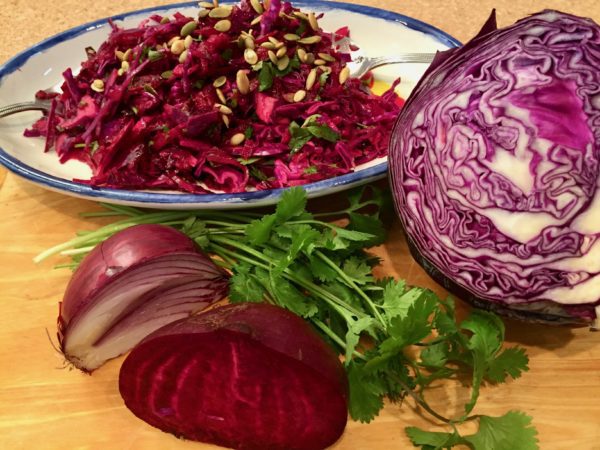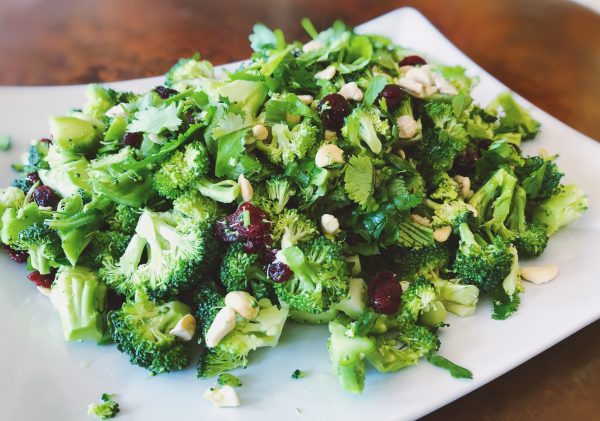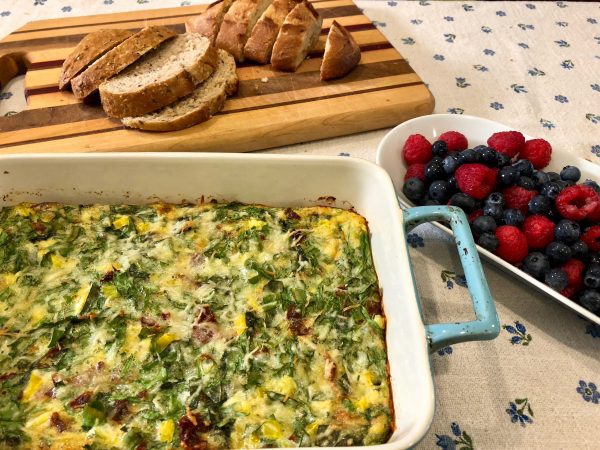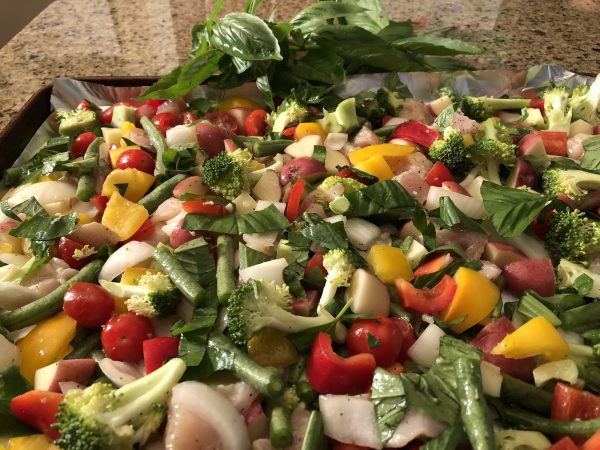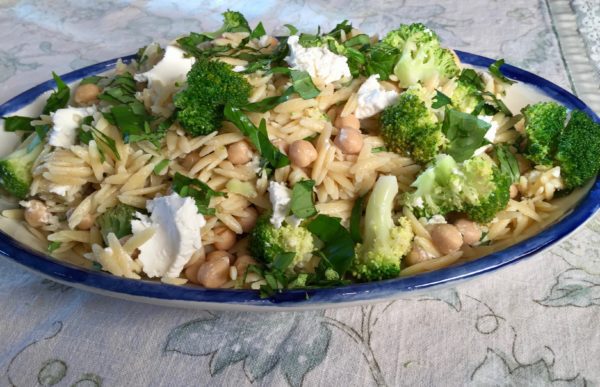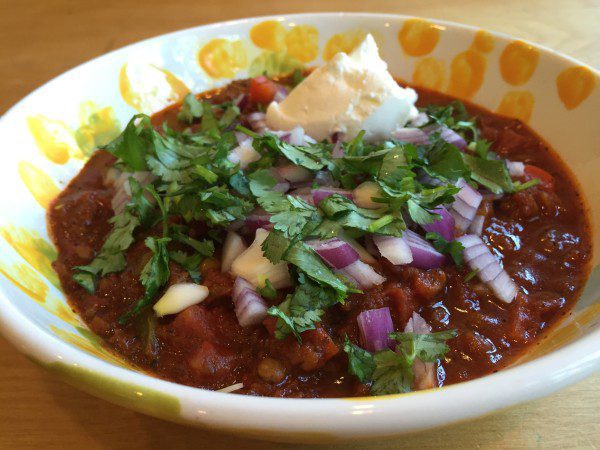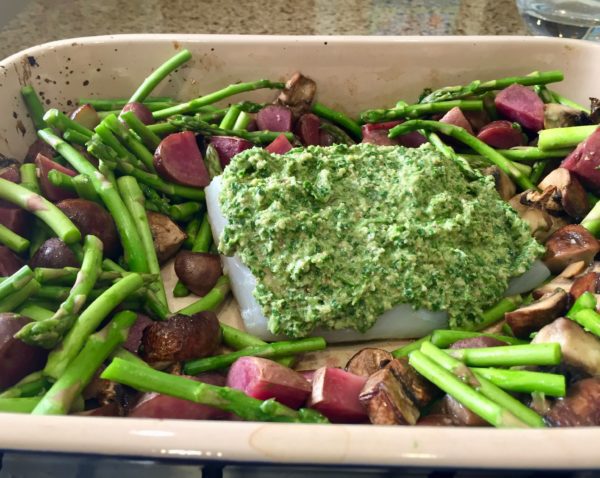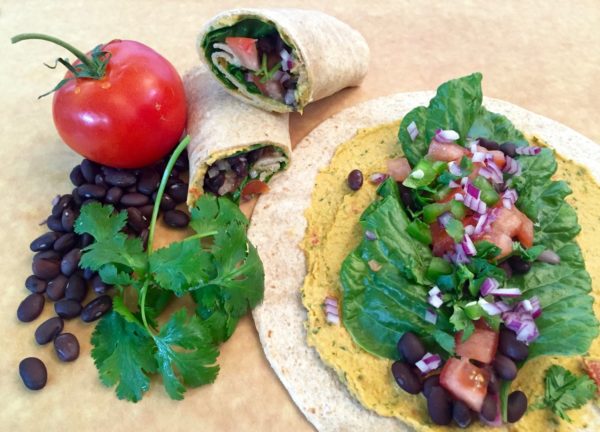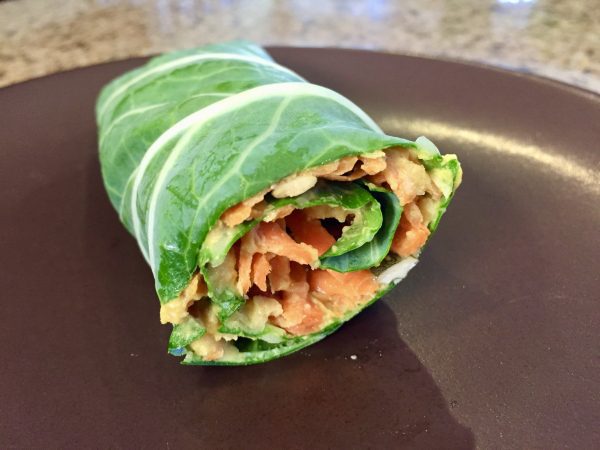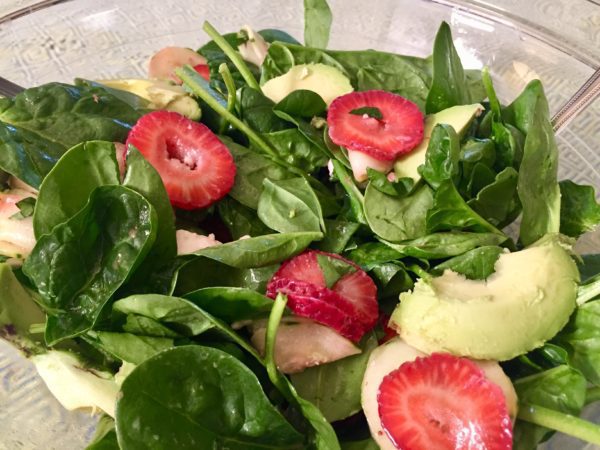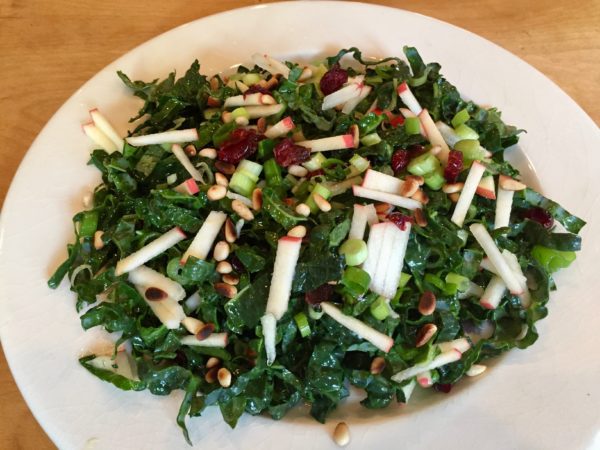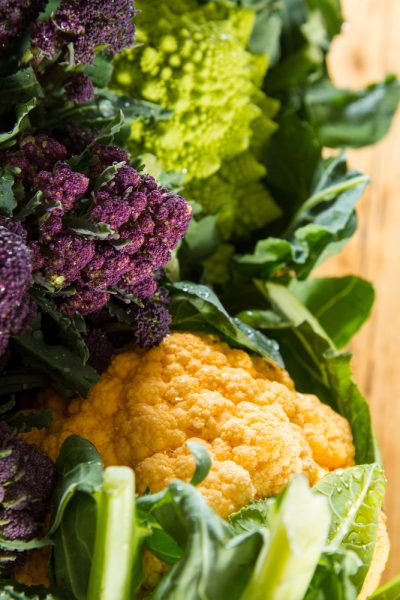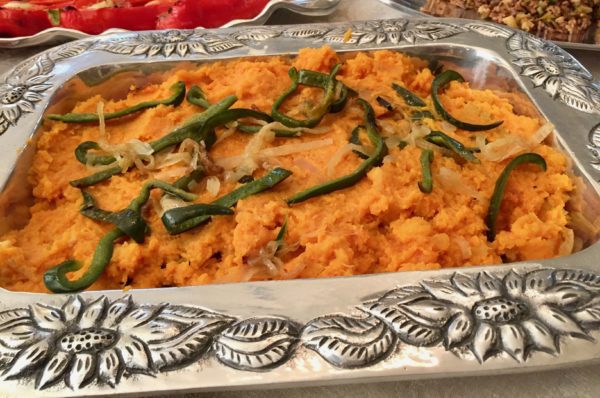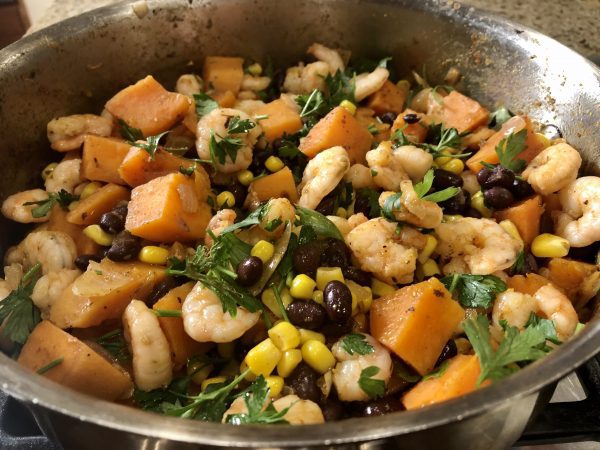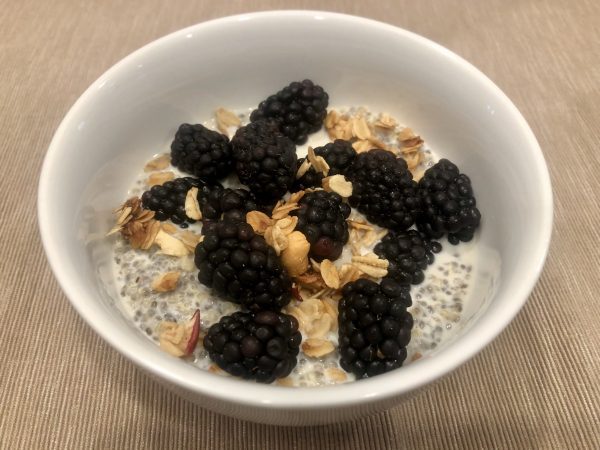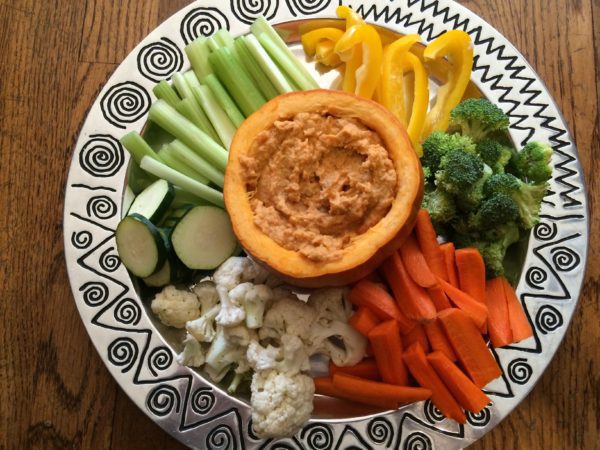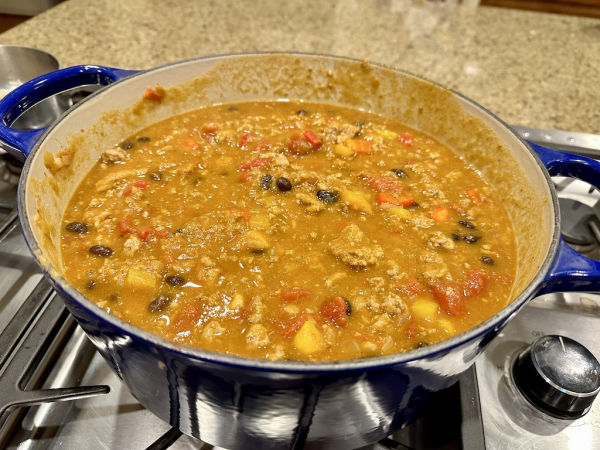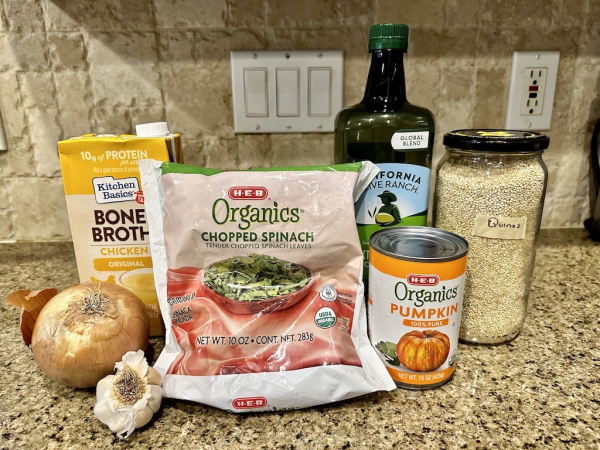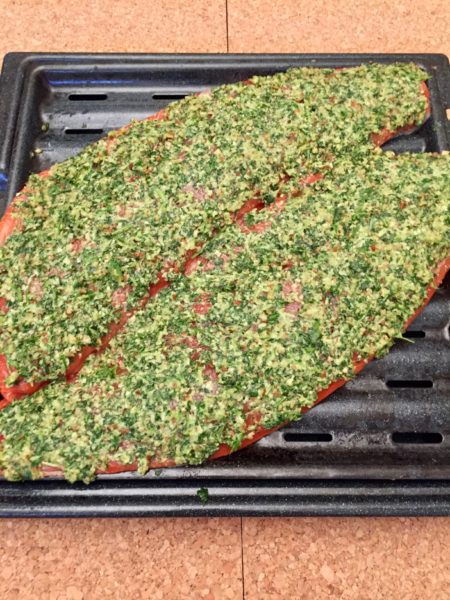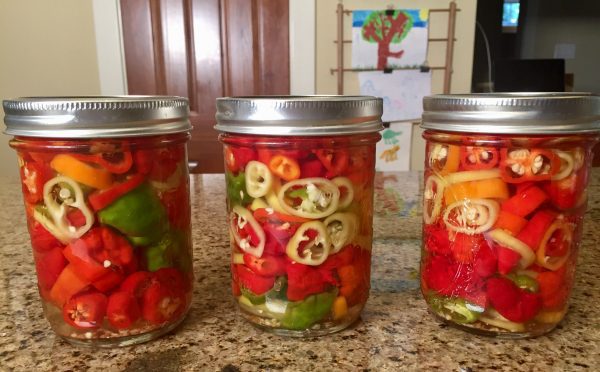Don’t Throw Out Your Thanksgiving Turkey
Did you know that 200 million pounds of turkey will be thrown away after Thanksgiving? Here are four ways to prevent throwing out turkey and reducing waste.
[su_expanding_quote_web alignment=”right” source_site=”Natural Resources Defense Council” source_url=”https://www.nrdc.org/experts/yvette-cabrera/giving-thanks-and-wasting-less” full_quote=”Americans will toss a whopping $282 million of uneaten turkey into the trash this Thanksgiving, contributing to the $165 billion in uneaten food Americans waste every year. Along with trashing uneaten turkeys, they’ll be wasting the resources necessary for its production. That’s enough turkey to provide each American household that is food insecure with more than 11 additional servings. 17.9 million American households suffer from food insecurity.” short_quote=”Americans will toss a whopping $282 million of uneaten turkey into the trash this Thanksgiving, “]1. Get Your Kitchen Ready
Clear out your fridge and freezer a week before. Use what you have for weekday meals. This also makes room for the food you will buy and prep for Thanksgiving – and for leftovers. Eat down your fridge as my sister-in-law would say. Some ideas:
- Breakfast egg casseroles: use any veggie and leftover meats
- Baked oats: mix chopped veggies with oats and eggs and bake
- Clean out the Fridge Soup
- Meal Salads: toss leftover meats, grains, veggies with greens and salad dressing
- Lunch wraps: spread hummus or mashed avocados on tortillas, add leftovers
- Smoothies: add in a handful of greens and random veggies / fruits
- Pesto: great ways to use greens and wilting herbs (cilantro, parsley, basil)
2. Go Less Disposable, More Re-useable
Two places to reduce waste are:
- Food storage containers – Glass is best so you can see what’s inside. Dollar Store and mason jars are budget-friendly. Have masking tape and marker to date and labels.
- Beverages – Did you know water is the most common nutritional deficiency in the U.S.? Did you know there are no regulations on bottled water? Skip plastic water bottles and kids juice pouches.
- Invest in a glass drink dispenser
- Serve filtered tap water – you will save money and reduce plastic bottles excess
- Add fruits or herbs to water dispenser: oranges, lemon or cucumbers slices, mint or basil
- Make homemade, chilled iced tea. No sugar necessary with fruit / herbal teas
- Drinking glasses from Dollar store are budget-friendly. Use markers so each guest uses only one glass. If choosing disposable, aim for biodegradable
3. Be Food Savvy
- Go with tried and true recipes (skip throwing out food for experiments gone wrong)
- Plan smaller portions. No one will eat a full serving of every dish
- Use the Guest-imator. Created by the Natural Resources Defense Council, this free online portion calculator helps you estimate how much food you will need to prepare each dish.
- Use a Shopping list, so obvious but seriously makes a difference
- Stick to your list to avoid tantalizing food and impulse buys
- Reduces the gas and number of trips to grocery store for item you frogot
- Save your veggie scraps
- Don’t peel your potatoes or veggies if local and/or organic
- Keep vegetables bits (tops of celery, ends of green beans and leeks, etc) in a container or bag as you go
- Use scraps in you turkey stock. OR store the bag of veggie scraps in your freezer and make vegetable broth later. Simply simmer them in water for an hour and strain.
4. Plan Your Leftovers Before You Start Cooking
- Will you give away leftovers? Invite guests to bring their own containers, or use restaurant take-out, recycled containers
- Choose leftover meals/recipes
- Store leftovers in clear glass containers. Use masking tape and marker to date and label. Unidentified food goes bad and gets thrown away. Food not eaten by the 3rd day, goes in the freezer. Slice and/or shred the turkey meet and store it in an airtight container 3 – 4 days. Leftover turkey can be frozen up to 6 months
- Decide what to freeze – Subdivide food from big containers not eaten within 4 days into mason jars or container jars. I like 12-oz mason jars because it makes one serving. Label and freeze. For large amounts of soup, mashed potatoes etc. that make for a meal another day, I re-useable Ziploc bags. Make sure to date and label. Once frozen it becomes a mystery if it’s not identified
- Make Turkey Stock – Easy to do with the bones of the carved turkey, veggie scraps, some extra onions and carrots. Make it part of clean up
Leftover Meal Ideas

Check these recipes out ahead of time. Choose 1 – 3 . Print them. Plan them into your weekly menu.
- Turkey Barley Soup – Color My Food
- Turkey Nachos – Bless Her Heart Y’all
- Turkey Shepherd Pie – Best Recipe Box
- Turkey Enchiladas – Belly Full
- Cranberry Tortilla Wraps: spread goat cheese/cream cheese and cranberry sauce on tortillas. Add stuffing and greens
- Leftover Cranberry Sauce Overnight Oats – Leelalicious
- 25 Thanksgiving Leftover Recipes – Saving Mealtime
For more waste reducing tips visit:
This Thanksgiving, Be More Grateful than Wasteful – NRDC
Take Food Waste Off the Thanksgiving Menu

